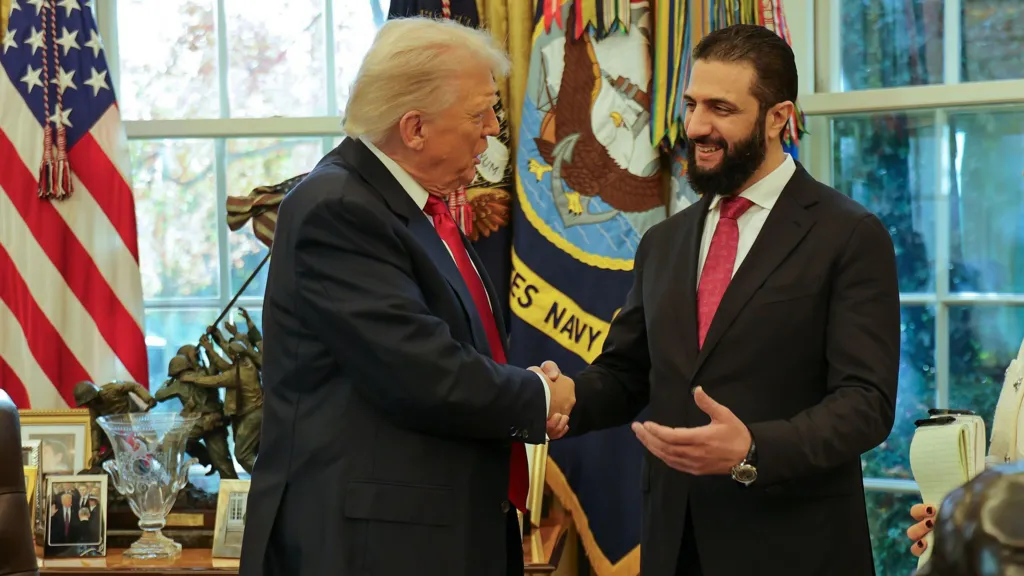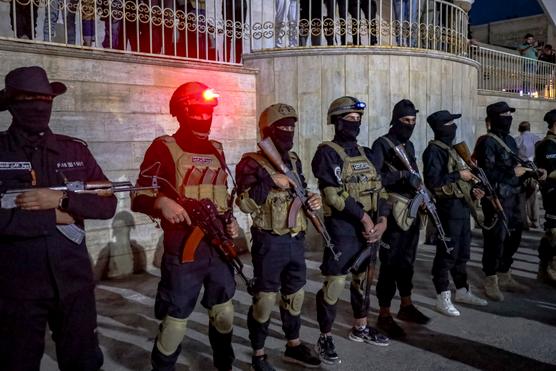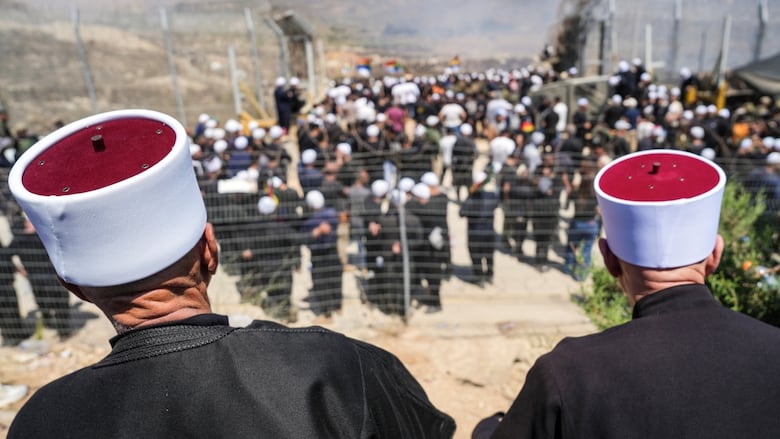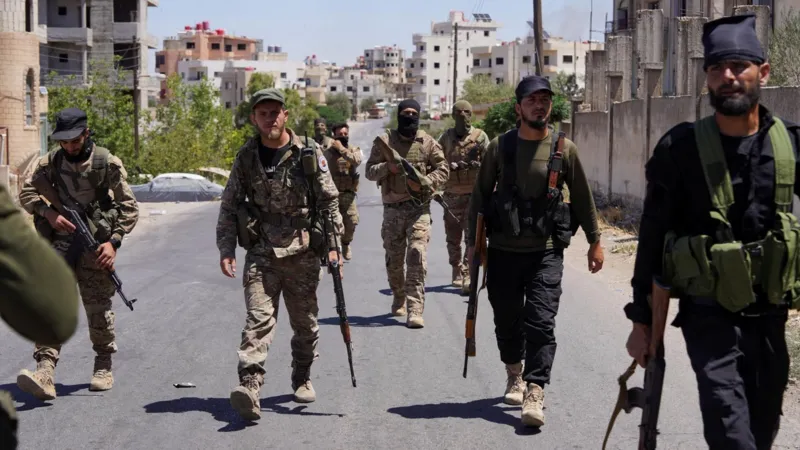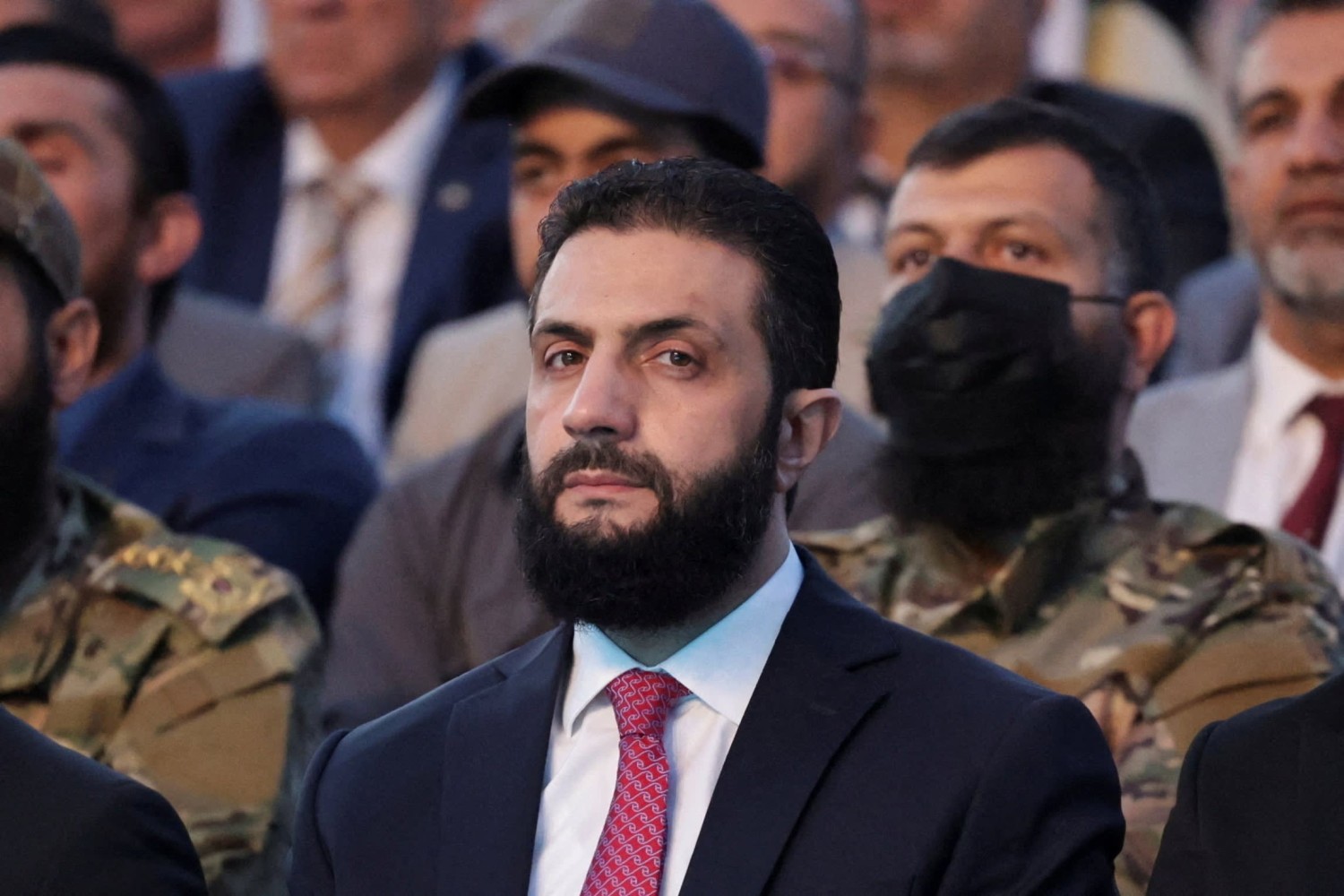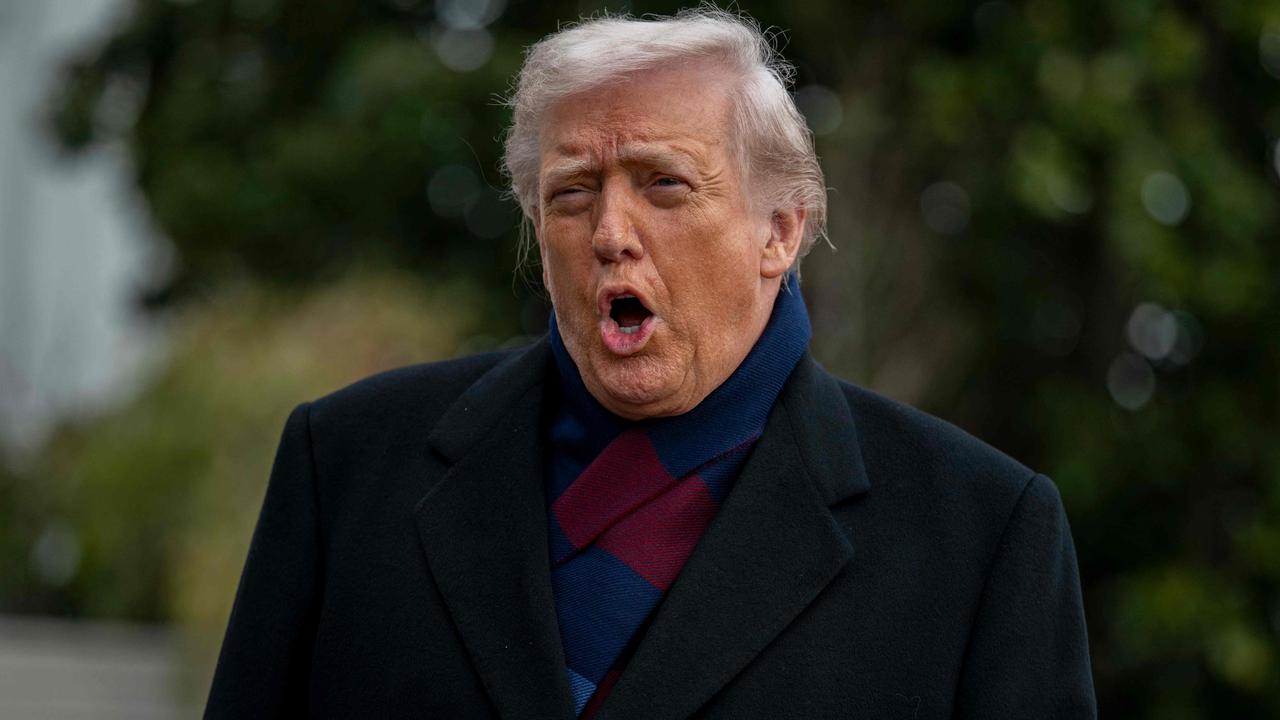
This article is more than
8 year oldDozens of U.S. Missiles Hit Air Base in Syria
WASHINGTON — President Trump said Thursday night that the United States had carried out a missile strike in Syria on Thursday night in response to the Syrian government’s chemical weapons attack this week that killed more than 80 civilians.
A senior military official said that 59 Tomahawk cruise missiles had hit Al Shayrat airfield in Syria. The missiles were aimed at Syrian fighter jets and other infrastructure but did not target anything that may have had chemical weapons.
He said that no Russian planes were at the airfield and that the cruise missiles did not target any Russian facilities.
The Pentagon informed Russian military officials, through its established deconfliction channel, of the strike before the launching of the missiles, the official said, with American officials knowing when they did that that Russian authorities may well have alerted the Assad regime. “With a lot of Tomahawks flying, we didn’t want to hit any Russian planes,” he said.
The cruise missiles struck the airfield beginning around 8:30 p.m. Eastern Time on Thursday and the strikes continued for three to four minutes.
According to one military official, the Tomahawks were launched from two Navy warships.
The official said that the cruise missile strike was at the more limited end of the military options presented to President Trump Thursday by Defense Secretary Jim Mattis. The cruise missile strike, the official said, was intended to send a message to Mr. Assad about the American intention to use military force if he continues to use chemical weapons.
It was the first time that the White House had ordered military action against forces loyal to Mr. Assad.
The speed with which the Trump administration responded — and remarks earlier in the day by American officials who said that options were still being considered — appeared intended to maximize the element of surprise and sharply contrasted with the methodical scrutiny of the use of force by the Obama administration.
It was Mr. Trump’s first order to the military for the use of force — other operations in Syria, Yemen and Iraq had been carried out under authorization delegated to his commanders — and appeared intended to send a message to North Korea, Iran and other potential adversaries that the new commander in chief was prepared to act, and sometimes on short notice.
Read More (...)
